Did you have a warning light turning up on your Toyota dash? Or left asking what it means to get some blue or green light? Here’s our Toyota Hilux Warning Lights on Dash guide that’s easy to follow to help you recognize the concern you might have with your car and the suggested steps to take.
RED: This indicates a fault has been detected. You should take immediate action and not ignore red warning lights. Stop the vehicle and contact your Toyota dealership.
AMBER: An amber light also indicates a potential fault. These are less of a priority than red indicator lights, but you still shouldn’t ignore them! Contact your Toyota dealership when safe to do so.
GREEN or BLUE: These act as a notification light. This shows a feature is turned on and in operation.
Here is the List of Toyota Hilux Warning Lights on Dash
 CHARGING SYSTEM WARNING LIGHT
CHARGING SYSTEM WARNING LIGHT
This indicates a malfunction in the vehicle’s charging system. Its means your battery alternator is not charging the battery whilst driving. This means you are running the car on battery power alone and it is not being recharged.
 LOW ENGINE OIL PRESSURE WARNING LIGHT
LOW ENGINE OIL PRESSURE WARNING LIGHT
This warning suggests the likelihood that the car may sustain damage that may lead to an accident. Stop the car in a secure position immediately and call your Toyota dealer. It means that the pressure of the engine oil is too low.
 AIRBAG/SRS
AIRBAG/SRS
We highly suggest you should not ignore any warning light related to your airbag device. A flaw with any of the following suggests this warning light:
Cars care: Toyota Prius Dashboard Symbols and Meanings
Cars care: 2009 Toyota Camry Oil Type
 POWER STEERING
POWER STEERING
This warning light will display an electrical power steering problem. You should stop your car when it is safe and call your nearest Toyota dealer.
 CHECK ENGINE LIGHT
CHECK ENGINE LIGHT
ALSO KNOWN AS MALFUNCTION INDICATOR LAMP. HAVE THE VEHICLE INSPECTED IMMEDIATELY.
Failure to analyze the cause of this warning will lead to an abnormal function of the device and potentially cause an accident. Get the car promptly tested by the Toyota dealer.
Indicates a malfunction in:
- The electronic engine control system;
- The electronic throttle control system; or
- The electronic automatic transmission control system.
- Oxygen sensor
- Broken gas cap
- Mass airflow sensor
 DPF SYSTEM
DPF SYSTEM
If this warning light occurs, a fault with the DPF system can be shown. For additional diagnostics, you can contact your Toyota dealership. The Diesel Particulate Filter, also known as the DPF. It is designed during the combustion phase to trap soot particles and NOx.
 BRAKE OVERRIDE SYSTEM
BRAKE OVERRIDE SYSTEM
When lit this warning light is telling you the brake and accelerator pedals are being depressed simultaneously. Release the accelerator pedal and depress your brake. If the light then flashes, contact your local Toyota dealership for diagnostic checks.
 MASTER WARNING
MASTER WARNING
It will flash the master warning light and show a master warning system. A notification on the dashboard will follow this. To better define the issue and fix it.
 PRE-CRASH SAFETY SYSTEM
PRE-CRASH SAFETY SYSTEM
As the pre-crash safety light is illuminated, either a malfunction with the system or the system is inaccessible can be signaled. This may be because the vehicle is too cold, too hot, or blocked/unclean by the sensor. Wait for the car to cool off or warm up and check in front of the camera that the car is free of any debris.
 COOLANT TEMPERATURE
COOLANT TEMPERATURE
Stop your vehicle when safe to do so. This warning light indicates that the engine is at high temperatures or at risk of over-heating. With a possible risk of engine damage.
 FUEL FILTER
FUEL FILTER
A warning light indicates your diesel fuel filter is full and requires emptying to avoid vehicle damage. Contact your local Toyota dealership to inspect the problem
TYRE PRESSURE
A warning light will signal that there is very little tire air. The inflation pressure should be adjusted to the specified amount until the alarm light is correctly extinguished. Your Toyota dealer will carry out more testing if the warning light persists after tire inflation.
 MAINTENANCE REQUIRED REMINDER LIGHT
MAINTENANCE REQUIRED REMINDER LIGHT
Indicates that maintenance is required according to the driven distance on the maintenance schedule.
Illuminates for about 3 seconds and then flashes for about 15 seconds approximately 4500 miles (7200 km) after the maintenance data has been reset.
 TOW/HAUL INDICATOR
TOW/HAUL INDICATOR
Use TOW/HAUL Mode when pulling a trailer or hauling a heavy load. Press the “TOW/HAUL Mode” switch. The indicator will come on. Press the switch once more to cancel the mode.
 CRAWL CONTROL INDICATOR LIGHT
CRAWL CONTROL INDICATOR LIGHT
Indicates that Crawl Control (CRAWL) is active. Crawl Control allows travel on extremely rough off-road surfaces at a fixed low speed without pressing the accelerator or brake pedal. It minimizes loss of traction or vehicle slip when driving on slippery road surfaces, allowing for stable driving. The Crawl Control indicator comes on and the slip indicator flashes when operating.
 AUTO LSD INDICATOR
AUTO LSD INDICATOR
The AUTO LSD system aids traction by using the traction control system to control engine performance and braking when one of the rear wheels begins to spin. The system should be used only when one of the rear wheels spinnings occurs in a ditch or rough surface. Press the “VSC OFF” switch briefly. At this time, the “AUTO LSD” indicator will come on. To turn off the system, push the switch again.
 DOWNHILL ASSIST INDICATOR
DOWNHILL ASSIST INDICATOR
With the Downhill Assist Control (DAC) system, the vehicle is able to descend a steep hill while maintaining a constant low speed of about 3 mph (5 km/h) without brake pedal operation. To operate the system, press the “DAC” switch. The Downhill Assist Control (DAC) system indicator will come on to show that the Downhill Assist Control system is activated. Pressing the switch again turns the system off.
MULTI-TERRAIN SELECT
Indicates that the Multi-terrain Select system is active. The Multi-terrain Select system has four terrain modes. When a terrain mode is selected in accordance with terrain conditions, engine power and the Active Traction Control system are controlled to enhance off-road drivability. Additionally, guidance messages such as transfer mode selection advice are displayed on the accessory meter to assist the driver in operating the vehicle.
 RSCA OFF INDICATOR LIGHT
RSCA OFF INDICATOR LIGHT
Indicates that the Roll-sensing Side Curtain Airbags (RSCA) have been turned off. This switch should be used only in a situation where the inflation is not desired (such as during extreme off-road driving). Press and hold the “ON/OFF” button for a few seconds.
Vehicles without a Smart Key System: The warning “RSCA OFF” is switched on (only when the engine switch is in the “ON” position). Any time the engine switch is switched to the ON” role, the roll-sensing mechanism for the curtain shield airbags and seatbelt pretensions will turn back on automatically.
 REAR DIFFERENTIAL LOCK
REAR DIFFERENTIAL LOCK
To keep the rear wheels from turning, a rear differential lock is used. Helping you get out of a ragged surface or ditch. The red light will light up if you actually push the rear differential lock button to activate it.
 LOW SPEED FOUR-WHEEL DRIVE
LOW SPEED FOUR-WHEEL DRIVE
This appears when the 4LO function is active. This is used for climbing and descending hills as well as used for off-road driving, hard pulling in sand, mud or snow.
 HIGH SPEED 4WD INDICATOR LIGHT
HIGH SPEED 4WD INDICATOR LIGHT
Indicates that high-speed 4WD has been activated.
IF YOU DONT FIND THE REQUIRED SYMBOL ABOVE THEN YOU CAN SEE BELOW FOR OTHER SYMBOLS
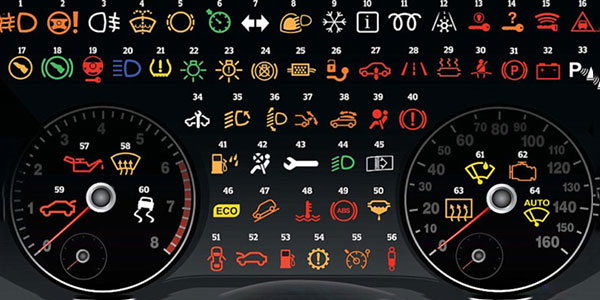
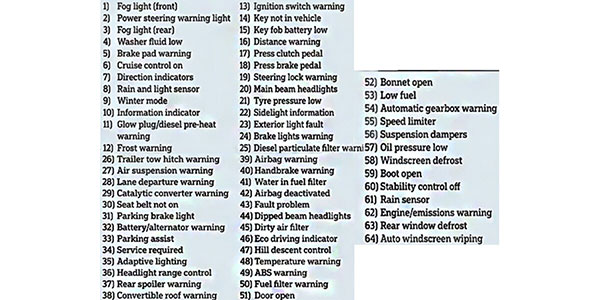
Get a Manual of the Toyota Hilux Dashboard Lights
Frequently Asked Questions:
What are the 3 main warning lights gauges?
The three main warning lights on a car’s dashboard are the check engine light, the oil pressure light, and the battery light.
What are the most common dashboard lights?
- Check Engine Light: Indicates a problem with the vehicle’s engine or emissions system.
- Battery Warning Light: This indicates a problem with the vehicle’s battery or charging system.
- Oil Pressure Warning Light: This indicates a problem with the vehicle’s oil pressure, which could lead to engine damage if not addressed.
- Tire Pressure Warning Light: This indicates a problem with the vehicle’s tire pressure, which could lead to poor fuel efficiency and an increased risk of a tire blowout.
- Brake Warning Light: This indicates a problem with the vehicle’s brake system, which could lead to reduced braking performance and increased risk of an accident.
How do you read a car dashboard?
To read a car dashboard, start by identifying the speedometer, which displays the current speed of the vehicle. Next, locate the fuel gauge, which indicates the amount of fuel in the tank. The temperature gauge shows the engine temperature, and the oil pressure gauge measures the oil pressure within the engine.
The tachometer displays the RPM (revolutions per minute) of the engine. Additionally, there may be warning lights on the dashboard that indicate issues such as low oil pressure, a malfunctioning brake system, or a low battery. Be sure to familiarize yourself with the layout of your car’s dashboard and understand the meanings of all the gauges and warning lights to ensure the safe and efficient operation of your vehicle.

 CHARGING SYSTEM WARNING LIGHT
CHARGING SYSTEM WARNING LIGHT LOW ENGINE OIL PRESSURE WARNING LIGHT
LOW ENGINE OIL PRESSURE WARNING LIGHT AIRBAG/SRS
AIRBAG/SRS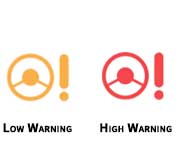 POWER STEERING
POWER STEERING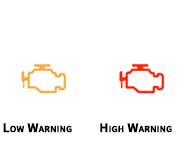 CHECK ENGINE LIGHT
CHECK ENGINE LIGHT
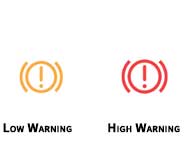 BRAKE OVERRIDE SYSTEM
BRAKE OVERRIDE SYSTEM MASTER WARNING
MASTER WARNING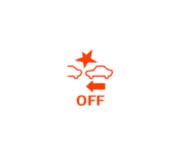 PRE-CRASH SAFETY SYSTEM
PRE-CRASH SAFETY SYSTEM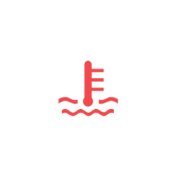 COOLANT TEMPERATURE
COOLANT TEMPERATURE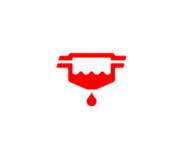 FUEL FILTER
FUEL FILTER MAINTENANCE REQUIRED REMINDER LIGHT
MAINTENANCE REQUIRED REMINDER LIGHT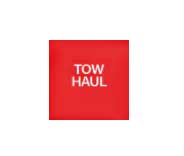 TOW/HAUL INDICATOR
TOW/HAUL INDICATOR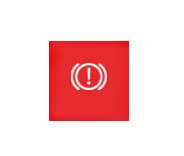
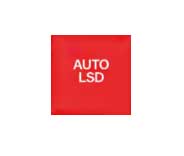 AUTO LSD INDICATOR
AUTO LSD INDICATOR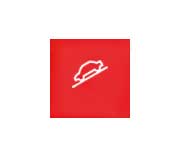 DOWNHILL ASSIST INDICATOR
DOWNHILL ASSIST INDICATOR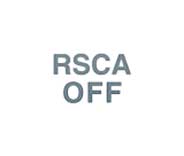 RSCA OFF INDICATOR LIGHT
RSCA OFF INDICATOR LIGHT REAR DIFFERENTIAL LOCK
REAR DIFFERENTIAL LOCK LOW SPEED FOUR-WHEEL DRIVE
LOW SPEED FOUR-WHEEL DRIVE HIGH SPEED 4WD INDICATOR LIGHT
HIGH SPEED 4WD INDICATOR LIGHT